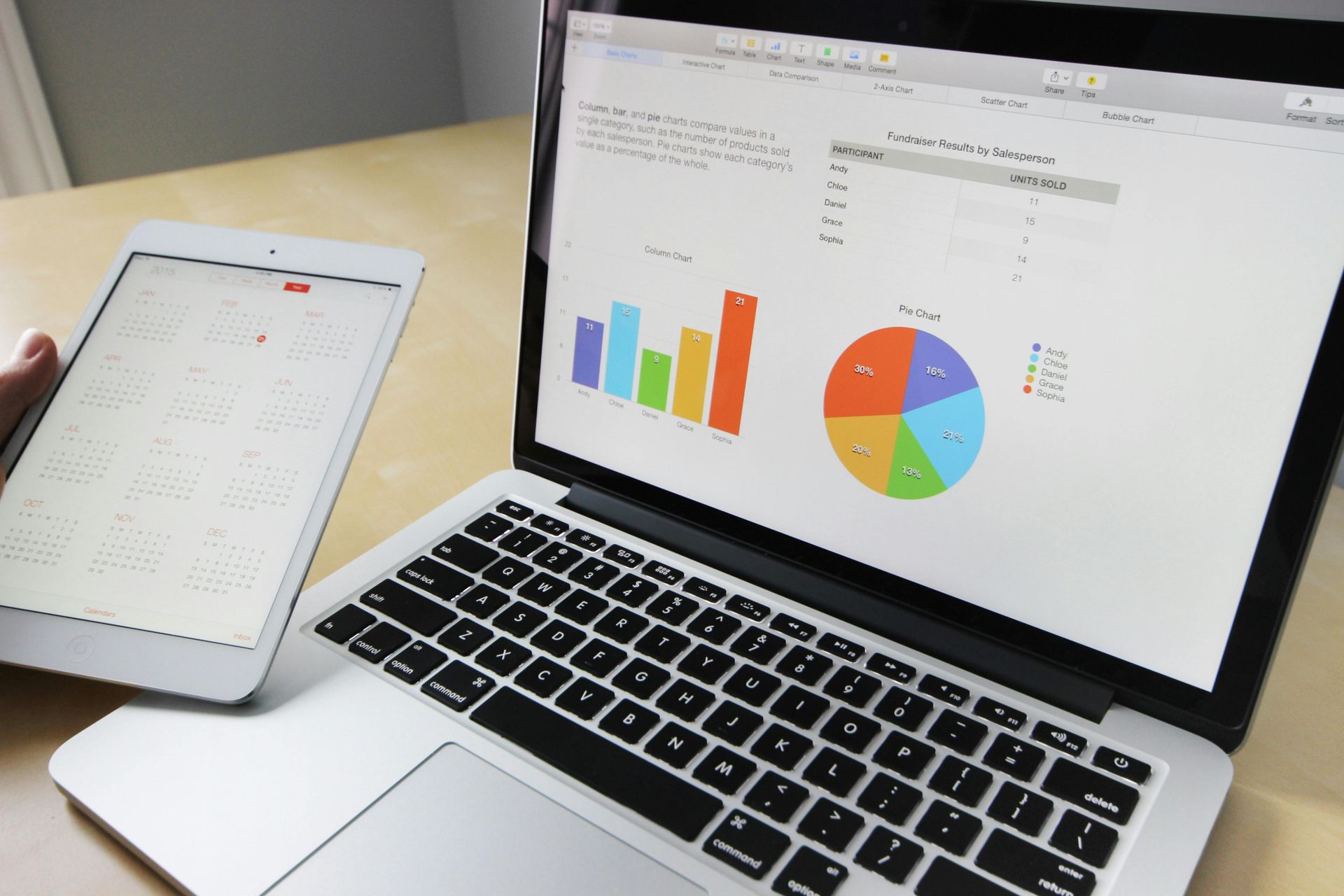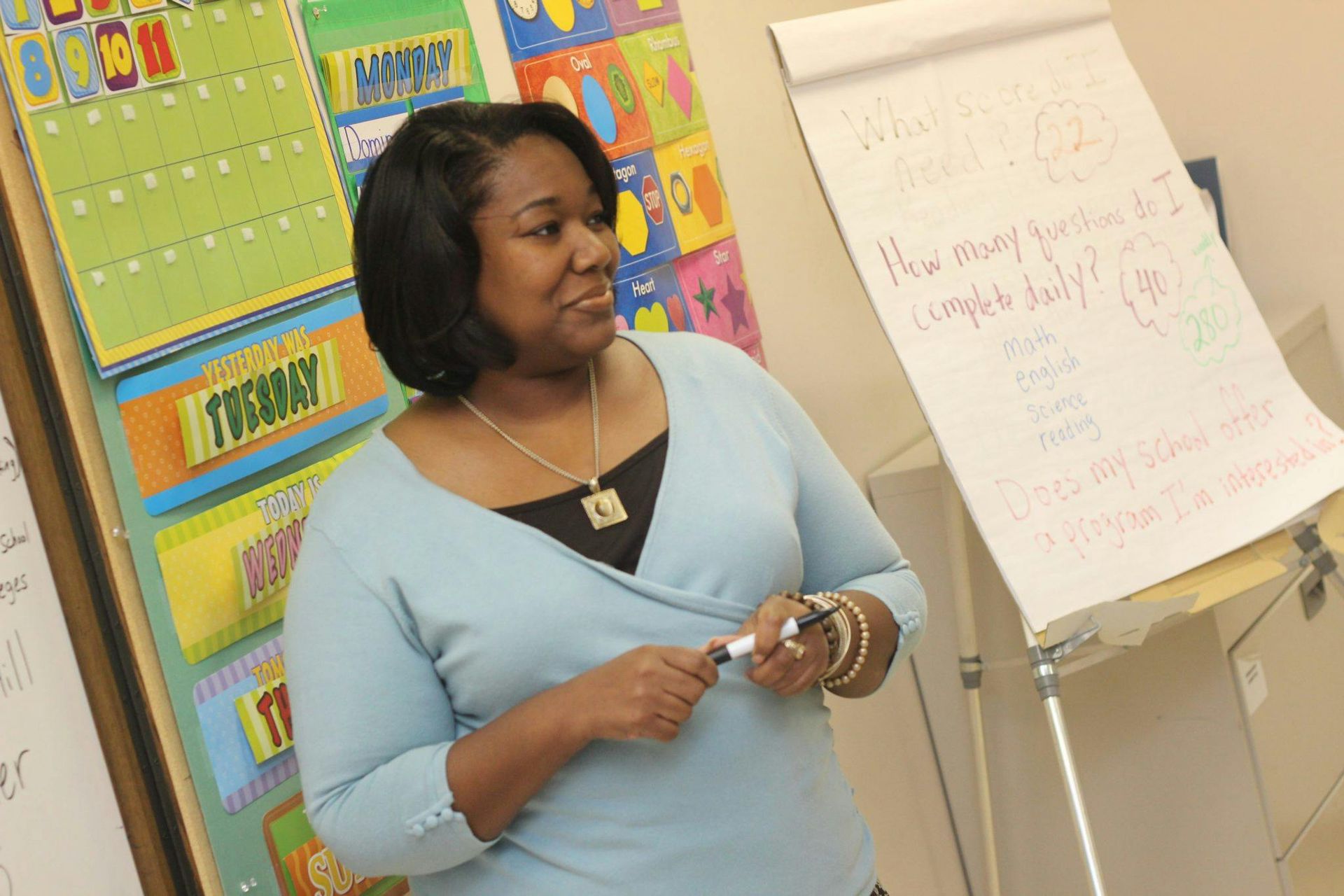New Paragraph
Harnessing Technology to Bridge the Educational Gap in Africa
The Power of Technology in African Education
Technology has the power to transform education across Africa by making learning more accessible. This revolution is crucial for a continent that has long struggled with education disparities, stemming from issues like teacher shortages and limited access to quality learning materials. By integrating digital tools, mobile learning platforms, and online resources, significant advancements can be achieved in African education.
Digital Tools and Educational Transformation
Digital tools play a vital role in modern education. For instance, interactive software applications can enhance student engagement and provide personalized learning experiences. These tools can cater to individual learning paces and styles, making education more inclusive. Several African countries have already started leveraging digital tools to promote literacy and numeracy among young learners, significantly improving their learning outcomes.
Mobile Learning Platforms
Mobile learning platforms offer a unique advantage in regions with high mobile phone penetration but limited traditional internet access. Applications like Eneza Education in Kenya have made significant strides by providing students with access to curriculum-based content via SMS and USSD services. These platforms enable students to learn anytime and anywhere, breaking the constraints imposed by physical classrooms. They also provide an affordable alternative to traditional schooling, making education more economically accessible.
Online Resources and Open Educational Content
Online resources and open educational content are key in addressing educational gaps. Platforms like Khan Academy and Coursera provide free or low-cost access to high-quality learning materials, enabling students to supplement their education. Moreover, localized content tailored to specific African curricula ensures that these resources are relevant and beneficial. Governments and NGOs can collaborate to distribute such content widely, helping to overcome the scarcity of textbooks and other educational materials.
Successful EdTech Initiatives in Africa
There are numerous successful EdTech initiatives across Africa that demonstrate the potential of technology in bridging the educational gap. For example, South Africa's Siyavula is an open textbook initiative, providing free access to textbooks in subjects like mathematics and science. In Ghana, the Making Ghanaian Girls Great! (MGCubed) project uses solar-powered computers to deliver interactive lessons to students in remote areas. These initiatives highlight the importance of innovative solutions tailored to local contexts, and their scalability offers hope for replicating success across the continent.
Scaling for Greater Impact
The examples provided illustrate the transformative potential of technology in African education. However, scaling these initiatives for greater impact requires cohesive strategies involving governments, private sector partnerships, and community engagement. By investing in infrastructure, training educators, and fostering an environment conducive to technological adoption, Africa can bridge its educational gap and create a brighter future for its younger generations.
In conclusion, harnessing technology to bridge the educational gap in Africa is not only feasible but imperative for sustainable development. Collaborative efforts can ensure that every child, regardless of geographic location or economic status, has access to quality education.
Register For Free Masterclass on Business Agility










